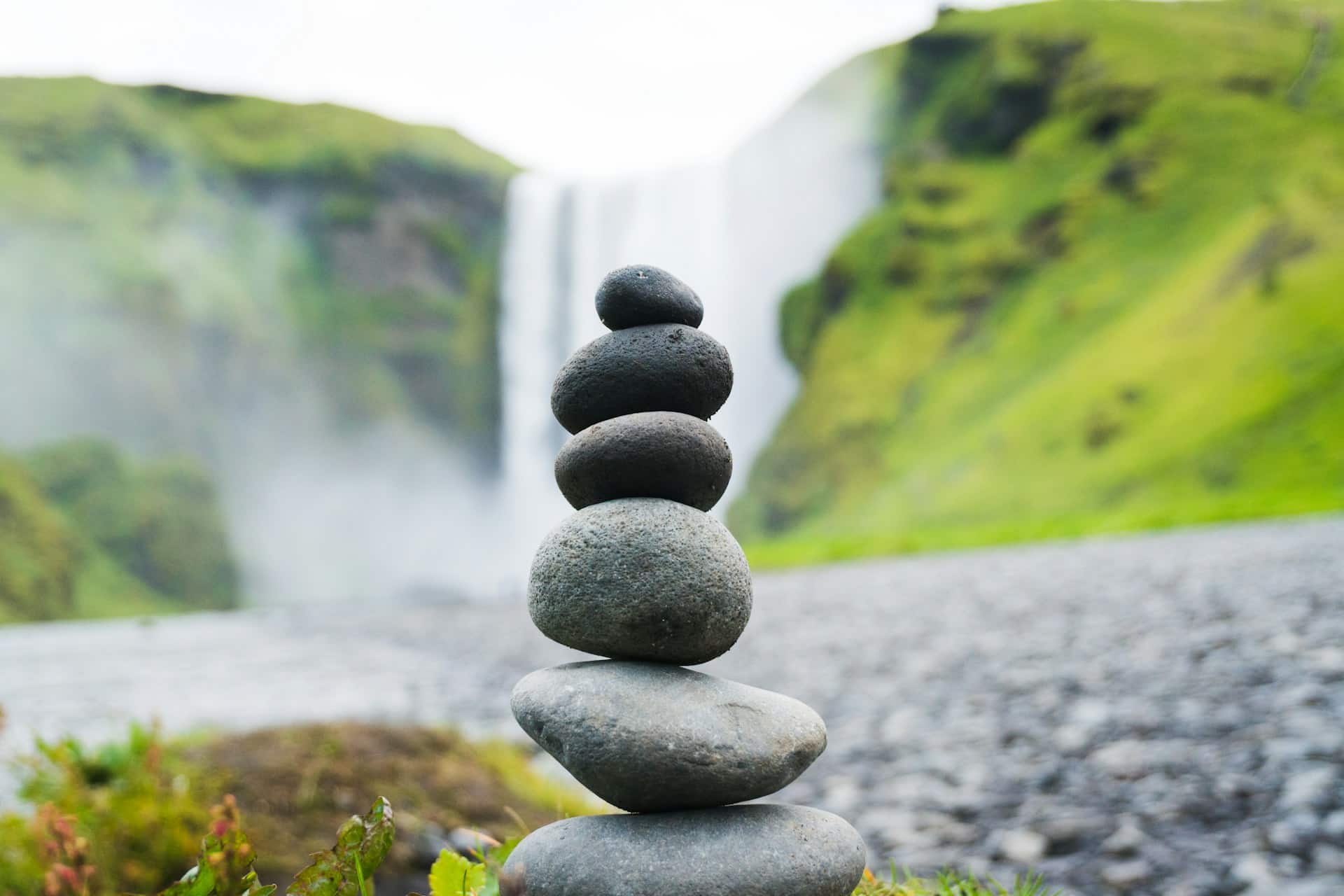What Are the Best Balance Exercises for Alpine Skiers to Prevent Knee Injuries?

Getting ready for a season on the slopes? As skiers, you know that it’s not just about the glamorous ski gear or mastering the art of après-ski. Your preparation should also include conditioning the body for the rigors of skiing. Your leg muscles and core need strength and balance to handle the turns, jumps, and unavoidable wipeouts. Specifically, your knees can be vulnerable to injuries, given the pressure and impact they endure during skiing. What you need is a regimen that includes specific exercises that can help protect your knees and enhance your skiing prowess.
Strengthening Exercises
Before we dive into balance exercises, let’s understand why strengthening exercises are just as crucial. Several muscles work in unison when you’re skiing. These include your quadriceps, hamstrings, glutes, and core. Strengthening these groups can offer support to your knees and help prevent injuries.
A lire en complément : What’s the Role of Exergaming in Improving Physical Activity Levels in Children?
Squats are a simple and effective exercise that targets the quads, hamstrings, and glutes. Stand with your feet shoulder-width apart, then lower your body as if sitting back into a chair. Keep your knees over your toes, press your weight into your heels, and keep your body tight. Aim for three sets of 10 to 15 reps each.
Lunges are another powerful exercise for skiers. They target the same muscle groups as squats but also help improve balance. Stand with your feet hip-width apart, step forward with one foot, and lower your body until both knees are bent at a 90-degree angle. Make sure your front knee is directly above your ankle, and the other knee is hovering above the floor. Do three sets of 10 reps on each leg.
Lire également : How to Use Differential Learning to Enhance Motor Skills in Table Tennis Players?
Planks are a fantastic way to strengthen your core. A strong core increases balance and stability, reducing the strain on your knees. Lie face down, then push up onto your toes and resting your weight on your elbows. Your body should form a straight line from your head to your heels. Hold the position for as long as you can.
Balance Exercises
Balance is a crucial aspect of skiing. An excellent sense of balance can help you maintain control, adjust to changing terrain and dodge potential hazards all while reducing the risk of injury. Here are some exercises to improve your balance.
Single-leg deadlifts are a great way to enhance your balance and work your hamstrings and glutes. Stand on one foot while holding a dumbbell in each hand. Bend at the waist as you extend your free leg behind you for balance, then return to the original position.
Bosu ball workouts can offer a fun and effective way to improve your balance. The unstable surface of the Bosu ball makes basic exercises more challenging and engages your core and stabilizer muscles. Try standing on one foot, or doing squats and lunges on the Bosu ball.
Balance boards are another excellent tool. Try just standing on the board at first, then progress to squats or other exercises as your balance improves.
Precautionary Measures and Tips
Preventing knee injuries is not only about executing exercises rightly. There are also precautionary measures and tips that can help you avoid knee pain and injuries while skiing.
Start by warming up before doing any of these exercises. Cold muscles are more prone to injury, so get your blood flowing with some light cardio. It’s also imperative to always listen to your body. If you feel pain during an exercise, stop. It’s better to rest for a day or two than to cause an injury that could sideline you for the whole season.
Ensure that you also maintain proper form during your exercises. Incorrect form not only decreases the effectiveness of the exercise, but it can also lead to injuries. If possible, work with a trainer who can guide you on the correct techniques.
Lastly, don’t forget to rest. Your muscles need time to recover after strenuous workouts. Make sure you’re getting plenty of sleep, and take at least one rest day per week.
The Role of Equipment
Your skiing equipment also plays a vital role in preventing knee injuries. Ill-fitting boots can affect your balance and put unnecessary pressure on your knees. It’s worth investing in boots that fit well and provide good support. Also, ensure that your bindings are adjusted correctly. Incorrectly adjusted bindings can lead to severe knee injuries during a fall.
Additionally, consider using knee braces. They add extra support and can limit harmful movements that lead to injuries. If you’ve had previous knee problems, consult with a physical therapist or doctor to determine if a knee brace is suitable for you.
Remember, skiing should be an enjoyable experience. By incorporating these exercises into your routine and taking the necessary precautions, you’ll be setting yourself up for a successful and injury-free ski season. So hit those slopes with confidence, knowing that you’ve done your part to protect your knees.
Physical Therapy For Knee Injuries
Engaging physical therapy as part of your routine might be an excellent strategy in preventing skiing related knee injuries. Physical therapists are professionals who can provide personalized exercise programs that focus on strength, endurance, flexibility, motor control, and balance. They also educate patients on how to best protect and strengthen their knees.
You can consider incorporating resistance band exercises into your regimen—under the guidance of a physical therapy professional. Using a resistance band, you can perform exercises that target the hamstrings and glutes, which in turn, provide support to the knees. For example, try resistance band leg squats. Stand with feet hip-width apart, step on the resistance band with both feet, and hold the ends with your hands. Then, perform a squat keeping your knees bent at a 90-degree angle.
Employing a medicine ball will also help improve your balance, core strength, and stability, all of which are crucial for skiing. Try the medicine ball single-leg balance exercise. Stand on your left leg, hold a medicine ball in your hands, and lift your right leg off the ground. Hold this position for a few seconds, then switch legs.
Remember, while performing these exercises, always maintain proper form and avoid any movements that cause knee pain. Always consult a physical therapist before starting any new exercise regimen.
Conclusion: Protecting Your Knees for the Ski Season
Preventing knee injuries during the ski season is not just about physical strength and balance, it also about being cautious and mindful of your body. It’s about warming up correctly, maintaining proper form during exercises, listening to your body, and taking sufficient rest.
Your skiing equipment also plays a massive role in this process. Ensuring you have well-fitted boots and correctly adjusted bindings can make a world of difference to your knee health. Moreover, consider using knee braces for added support and protection, especially if you’ve had previous knee issues. Remember to consult with a physical therapist or doctor to determine the suitability of a knee brace for you.
Incorporating these exercises into your routine and taking the necessary precautions will set you up for a successful and injury-free ski season. You’ll be able to hit the slopes with confidence, knowing that you’ve done your part to protect your knees. So, gear up, get ready, and look forward to an exciting and thrilling season of skiing and snowboarding!
